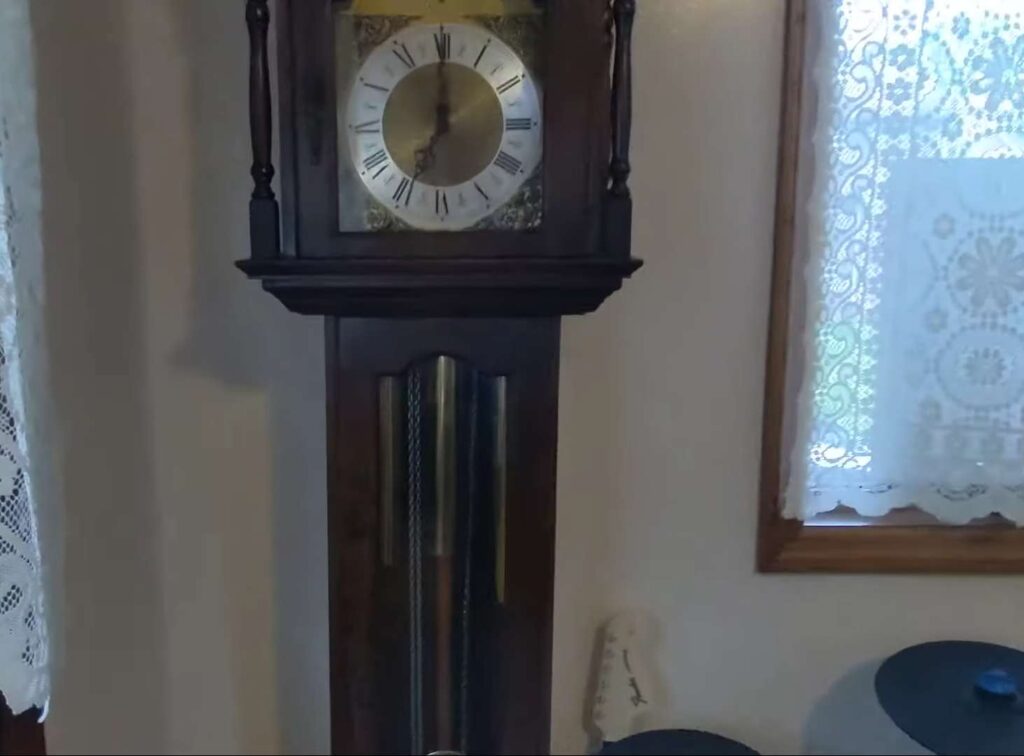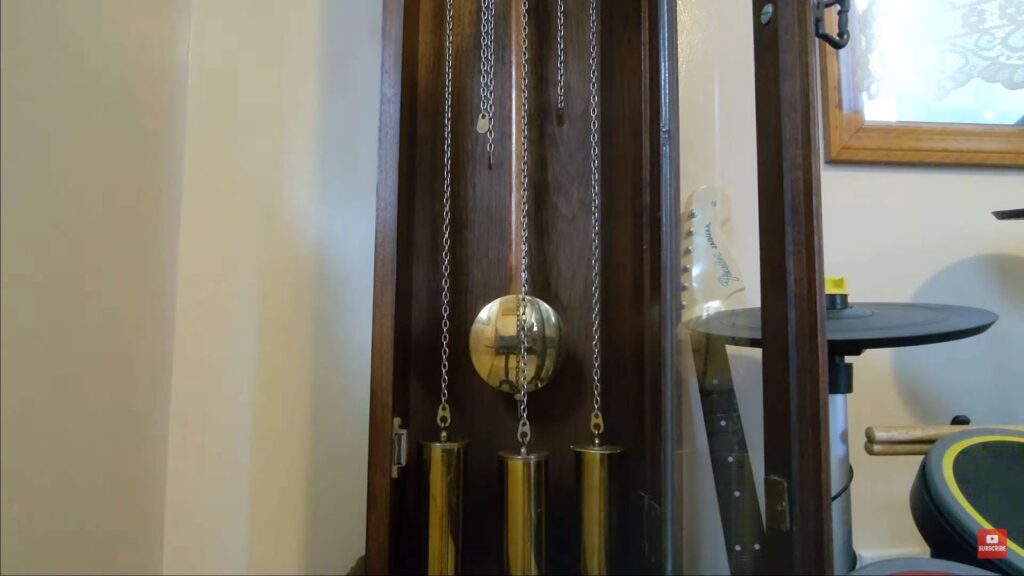In the realm of horological tradition, grandfather clocks are crafted with a mechanical movement, operating autonomously without dependence on external power sources, necessitating regular winding. Within this category of mechanical marvels, there exist two distinct variants: the chain-driven and cable-driven configurations. Both incarnations share a common requirement – the periodic lifting of weights, a task performed diligently every seven days to sustain the clock’s unwavering commitment to accurate timekeeping.
Guide to Winding a Cable-Driven Grandfather Clock
A cable-driven grandfather clock, with its intricate mechanics and rich history, is a magnificent timepiece. Proper maintenance and care are essential to ensure its smooth functioning. One primary aspect of maintaining these is winding them, which involves adjusting the weights periodically.
Understanding the Weights and Their Function
A cable-driven grandfather clock comprises a trio of individual weights, each serving a distinct and essential role:
- The Right Weight, endowed with the task of infusing the clock with melodious chimes, bestows a harmonious touch to the timepiece’s functionality;
- The Middle Weight assumes the pivotal responsibility of propelling the pendulum, thereby ensuring impeccable timekeeping precision;
- The Left Weight takes charge of orchestrating the clock’s striking mechanism, signifying the passage of hours through its sonorous strikes.
Regarding the frequency of winding, it is imperative for the clock’s optimal performance that the weights be meticulously wound on a weekly basis. Over the span of seven days, these weights gradually descend towards their lowest point. If one were to neglect this essential maintenance, the clock’s functionality would eventually grind to a halt.
Steps to Wind the Clock Properly
Accessing the Mechanism:
- Open the upper door of the grandfather clock;
- Locate the winding holes on the dial, which are essential for the winding process.
Using the Crank (Key):
- Carefully insert the crank into the winding holes on the dial face.
Winding Process:
- Begin turning the crank in a counterclockwise direction;
- Make sure to wind all three weights methodically.
Completion:
- Once all weights are wound to their topmost position, carefully close the grandfather clock door to ensure its safety.
Important Tips and Precautions:
- Safety First: Never lift the weights manually while using the crank. This can harm the clock’s mechanism and risk personal injury;
- Regular Maintenance: In addition to winding, periodic professional servicing can help in the clock’s longevity;
- Use the Right Tool: Always use the provided crank or key for winding. Substituting it with other tools can damage the winding holes or the mechanism.
Mastering the Art of Winding Your Chain-Driven Grandfather Clock
Picture this: an elegant grandfather clock standing tall in your living room, its stately presence evoking a sense of timeless charm. Yet, beneath its ornate façade lies a mechanical marvel driven by chains. These chain-driven grandfather clocks, often passed down through generations, rely on the rhythmic winding of their chains to maintain their precision. In this comprehensive guide, we’ll delve into the intricate world of winding these horological treasures and uncover the secrets to keeping your clock running smoothly.
Understanding the Chain-Driven Mechanism
Before embarking on our meandering journey, let’s familiarize ourselves with the various elements at play. A chain-driven grandfather clock employs a trio of chains, each with its own distinct function within the clock’s intricate operation:
- Chime Melody Weight: Positioned to the right, this weight orchestrates the delightful, melodious chimes that grace your living space with musical notes at regular intervals;
- Pendulum Power Weight: Occupying the central position, this weight imparts energy to the pendulum, which, in turn, regulates the clock’s precision in timekeeping with its rhythmic, pendulous swings;
- Hour Striking and Counting Weight: On the left-hand side, you’ll discover the weight responsible for the hourly striking sounds and the meticulous counting mechanism, ensuring your clock faithfully tracks the passage of hours.
The Rhythmic Ritual of Winding
Grandfather clocks, unlike their modern counterparts, demand a weekly ritual: the winding of their weights. Failing to do so will result in your beloved timepiece coming to a standstill. But fret not; we’re here to guide you through this graceful chore. Here’s how to wind your chain-driven grandfather clock:
Recommended Tools: Cotton gloves or a soft cloth to protect the brass chains from tarnishing.
Step 1: Open the Door of Elegance
Gently open the front door of your grandfather clock, revealing the enchanting world within. Pay attention to the three weights; the heaviest of them is the one responsible for winding the time mechanism.
Step 2: The Dance of Chains
With a sense of reverence, lift the end of the chain connected to the heaviest weight. Simultaneously, pull the opposite end of the same chain downwards. This elegant choreography initiates the winding process.

Step 3: Finding the Sweet Spot
As you continue pulling the chain downward, be mindful of your progress. You’ll want the weight to be approximately 2 inches (5 cm) from the bottom of the wooden movement mounting board. This precise positioning ensures the clock’s optimum performance.
Step 4: Symphonic Synchronization
Repeat this process for all three weights, ensuring that each one is wound to the appropriate level. Once you’ve achieved this harmonious balance, gently close the front door of your grandfather clock, allowing its melodious heartbeat to resonate through your home once more.
Crucial Tip: The Straight Path
Remember, when pulling the chain, always do so in a straight downward motion. Avoid lifting the weights, as this could lead to them becoming unhooked from the chains, potentially causing damage to your cherished timepiece.
Conclusion
In conclusion, the art of winding a grandfather clock is not just a practical task; it is a timeless tradition that connects us to the past while ensuring the clock’s continued function in the present. This seemingly simple act carries with it a sense of responsibility and respect for an intricate piece of horological history.
As we’ve explored in this article, winding it requires a delicate touch, patience, and a deep understanding of its mechanisms. By following the steps outlined and taking the time to appreciate the craftsmanship behind these magnificent timepieces, you can not only maintain their accuracy but also enhance their beauty.
